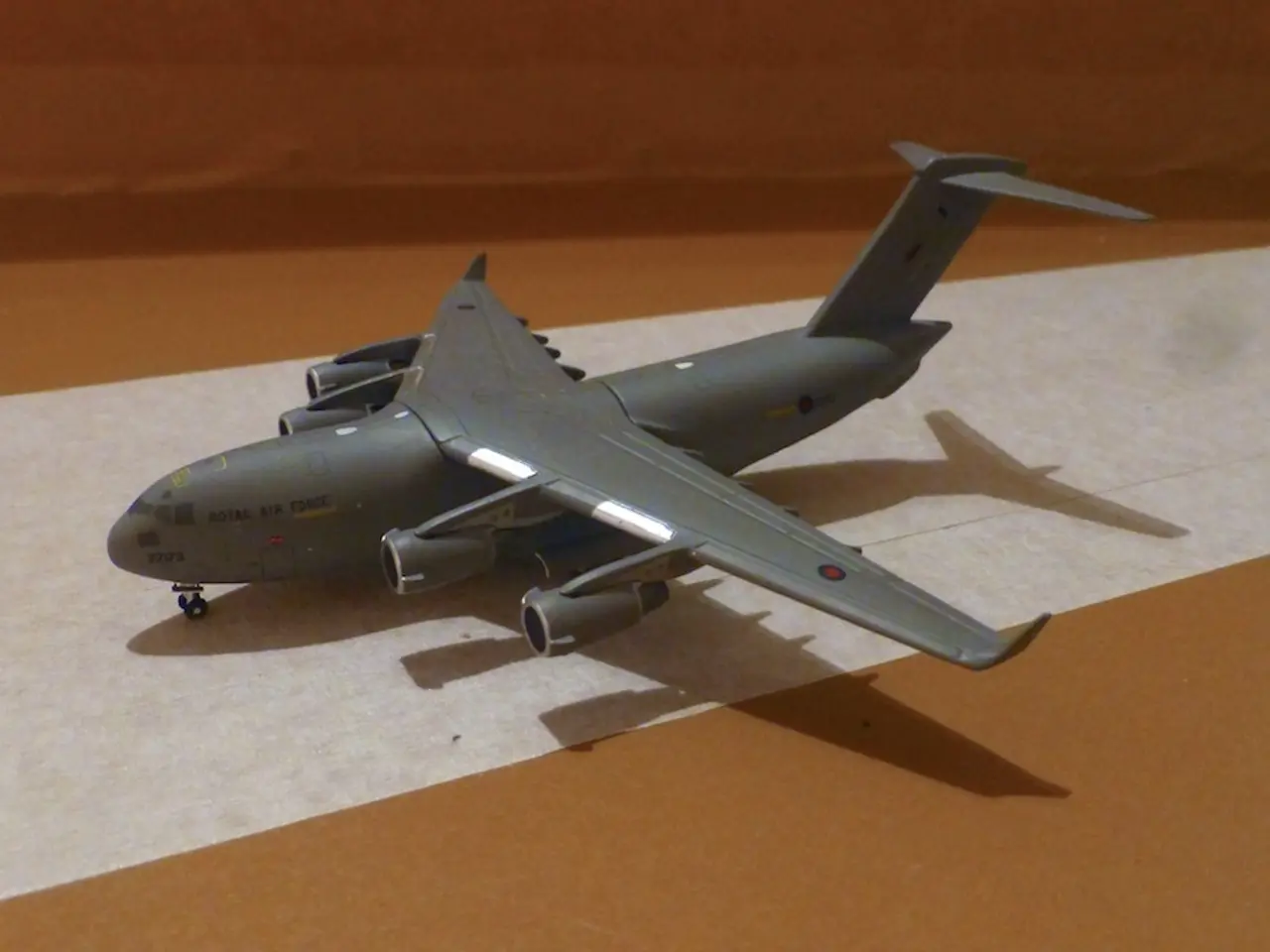Latest Developments in Drone Propulsion Systems
Drone technology is constantly evolving, and two innovative propulsion systems, Tilt-Rotor and Tilt-Wing, are making significant strides in the industry. These systems, which combine elements of helicopters and fixed-wing aircraft, offer unique advantages and challenges.
Tilt-Rotor Systems
Tilt-rotor drones, such as the famous V-22 Osprey, boast versatility in flight modes. They can take off and land vertically like a helicopter and transition to efficient, fast forward flight like a fixed-wing aircraft. This versatility provides greater range and speed than pure multirotors, making them ideal for various applications.
Newer tilt-rotor designs, like those where only the propeller pod front section rotates, aim to reduce mechanical complexity and increase reliability compared to earlier concepts, improving maintenance and operational efficiency. Moreover, the ability to tilt rotors allows tilt-rotor drones enhanced speed and maneuverability during horizontal flight compared to multirotors.
However, the rotating parts (tilt mechanisms) increase the complexity and potential points of failure, leading to higher maintenance demands and potentially longer repair times. Switching smoothly between vertical and horizontal flight modes requires advanced flight controllers and software, increasing the development cycle and operational challenges. Additionally, although tilt-rotor VTOL drones carry more payload than multirotors, they generally cannot match the payload capacity of pure fixed-wing drones. Hovering consumes significantly more energy, limiting battery life and endurance during VTOL operations.
Tilt-Wing Systems
While tilt-rotor drones rotate their rotors, tilt-wing drones rotate the entire wing with the propulsion units attached. Tilt-wing designs can allow for more payload compared to rotor-only drones because the wing can contribute lift during takeoff and landing.
However, rotating the entire wing, rather than just rotors, can lead to bigger mechanical and structural challenges. Maintenance can also be more difficult due to wing blockage and component access. Furthermore, systems involving vertical positioning can suffer from poor downward visibility during landing phases and require auxiliary equipment or personnel for safe operation, which reduces autonomous operational flexibility.
Summary Comparison
| Aspect | Tilt-Rotor Systems | Tilt-Wing Systems | |------------------------|-----------------------------------------------------------|---------------------------------------------------------| | Flight versatility | High (rotors pivot for VTOL and cruise) | High (whole wing tilts for VTOL and cruise) | | Mechanical complexity | Moderate to high (rotor rotation mechanisms) | Higher (wing rotation involves more structural parts) | | Maintenance | Easier with new nacelle tilt designs[3] | More difficult due to wing blockage and component access[1] | | Payload capacity | Better than multirotors, less than fixed-wing | Potentially higher than tilt-rotor due to wing lift | | Energy efficiency | Better than pure multirotors, but VTOL hover has high consumption | Similar hover power issues; wing lift aids takeoff efficiency | | Operational flexibility | Requires sophisticated controls; good in constrained spaces | Also good in constrained spaces, but more ground support may be needed | | Pilot visibility & safety | Limited downward vision during VTOL can hinder landing | Similar visibility issues; complex ground handling |
In drone applications, the choice between tilt-rotor and tilt-wing systems balances mission profiles (speed, range, payload) with complexity, maintenance needs, and operational environment constraints. Tilt-rotors are often preferred for their balance of maneuverability and simpler mechanical systems (especially advanced designs), while tilt-wings may offer better lift and payload capabilities but at the cost of more complicated mechanics and maintenance.
The development of these and other emerging thrust technologies is redefining what drones can do, enabling high-speed deliveries, ultra-quiet surveillance, long-range inspections, and urban air mobility. For drone operators, these technologies translate into better reliability, longer missions, and the ability to take on new challenges in previously inaccessible environments.
Tilt-rotor drones, such as the V-22 Osprey, offer versatility in flight modes, capable of taking off and landing vertically like a helicopter and transitioning to efficient, fast forward flight like a fixed-wing aircraft, providing greater range and speed than pure multirotors, making them ideal for various applications.
Tilt-wing drones rotate the entire wing with the propulsion units attached, which can allow for more payload compared to rotor-only drones because the wing can contribute lift during takeoff and landing, but potential maintenance challenges due to wing blockage and component access may arise.




